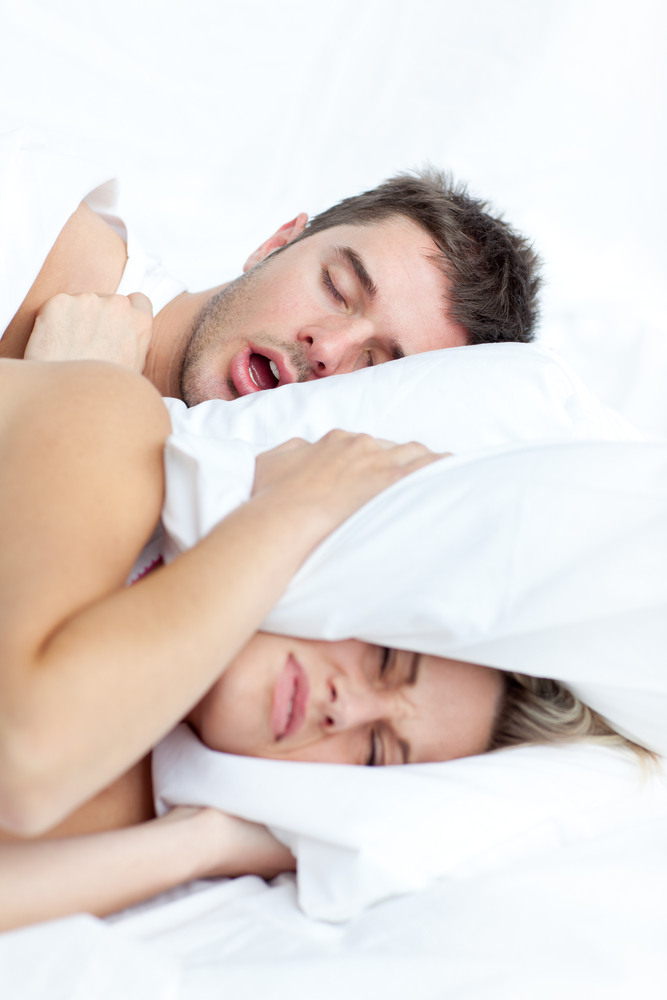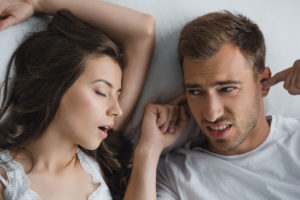Central vs. Obstructive Sleep Apnea: Understanding the Differences and Treatment

Custom Sleep Apnea Diagnosis with McKinney’s Best Sleep Dentist
Do you or your sleep partner notice pauses in your breathing while you sleep? Understanding the nuances between different types of sleep apnea is the first step toward better health and more energized days in McKinney and beyond. At SleepRight McKinney, home of the best sleep dentist in McKinney, TX, and neighboring communities, Dr. Paul Lawrence and our dedicated Texas sleep apnea team provide clarity and effective solutions for central and obstructive sleep apnea.
Treating sleep apnea symptoms like daytime fatigue and headaches means you can enjoy a peaceful stroll through Finch Park or a delightful evening in Downtown Frisco. If you’re in Fairview, Frisco, Allen, or the surrounding areas and want to learn more about your sleep health, call us today at 972-542-8400 for a consultation.
Dr. Paul Lawrence: Sleep Apnea Specialist Serving McKinney Communities
If you’re experiencing symptoms of sleep apnea, such as loud snoring, daytime fatigue, or witnessed pauses in breathing, you might be missing out on the energy and focus required to truly appreciate our local treasures, like a relaxing day at Towne Lake Park or exploring the unique shops on the Square.
Dr. Lawrence is committed to providing compassionate and effective care, helping you finally achieve the quality sleep that allows you to wake up feeling revitalized. Don’t let restless nights keep you from enjoying the local charm and community spirit. Contact Dr. Paul Lawrence at SleepRight McKinney today at 972-542-8400.
What is Central Sleep Apnea?
Central Sleep Apnea (CSA) is a sleep disorder where the brain doesn’t send the correct signals to the muscles that control breathing. Think of it as a communication breakdown between your brain’s respiratory control center and the muscles responsible for inhaling and exhaling. This results in pauses in breathing because the effort to breathe simply isn’t initiated. Unlike obstructive sleep apnea, the airway isn’t physically blocked in CSA.
Symptoms of Central Sleep Apnea
The symptoms of central sleep apnea can sometimes overlap with those of obstructive sleep apnea, but there are often subtle differences. Common indicators of CSA include:
- Noticeable pauses in breathing during sleep: Bed partners may report these pauses, which can be accompanied by shallow breathing.
- Gasping or shortness of breath upon waking: This can occur as the body’s natural drive to breathe kicks in after a pause.
- Daytime fatigue: Even after what seems like a full night of sleep, individuals with CSA may experience excessive tiredness.
- Less prominent snoring: While snoring can occur with CSA, it’s often less loud and consistent than the snoring associated with OSA.
If you or a loved one are experiencing these symptoms, especially if loud snoring isn’t the primary concern, contact SleepRight McKinney at 972-542-8400.
What is Obstructive Sleep Apnea?
Obstructive Sleep Apnea (OSA) is characterized by a physical blockage of the upper airway during sleep. This blockage typically occurs when the soft tissues in the back of the throat, such as the tongue, tonsils, soft palate, and uvula, relax and collapse, narrowing or completely obstructing the passage of air. Despite the brain sending signals to breathe, the airflow is restricted or stopped, leading to pauses in breathing.
Symptoms of Obstructive Sleep Apnea
Obstructive sleep apnea often presents with more pronounced and recognizable symptoms, which can significantly impact daily life. Common signs of OSA include:
- Loud and disruptive snoring: This is often a primary indicator and can be a significant concern for bed partners.
- Gasping, snorting, or choking sounds during sleep: These sounds indicate the body struggling to resume breathing after an obstruction.
- Excessive daytime sleepiness (hypersomnia): Feeling tired and falling asleep easily during the day is a hallmark symptom.
 Morning headaches: These are often due to changes in blood oxygen and carbon dioxide levels overnight.
Morning headaches: These are often due to changes in blood oxygen and carbon dioxide levels overnight.
Diagnosing Central vs. Obstructive Sleep Apnea with Our McKinney Sleep Dentist
The primary tool for diagnosing sleep apnea is a sleep study, also known as polysomnography. This study monitors various physiological activities during sleep, including brain waves, eye movements, muscle activity, heart rate, breathing rate, and blood oxygen levels.
Dr. Lawrence will carefully review the results of your sleep study, taking into account your medical history and specific symptoms, to arrive at an accurate diagnosis. This thorough evaluation ensures that you receive the most tailored and effective treatment for your type of sleep apnea.
Sleep Apnea Comes in Many Forms: Don’t Delay Treatment!
At SleepRight McKinney, we can help you diagnose and treat your sleep apnea. We offer a variety of treatment options, including CPAP and oral appliances. We also provide education and support to help you manage your sleep apnea and improve your quality of life.
If you’re in McKinney, Frisco, Allen, or the surrounding areas and want to learn more about your sleep health, call us today at 972-542-8400 for a free sleep apnea consultation.


 Morning headaches:
Morning headaches: